Best 13 Things to Do on South Korea’s Jeju Island
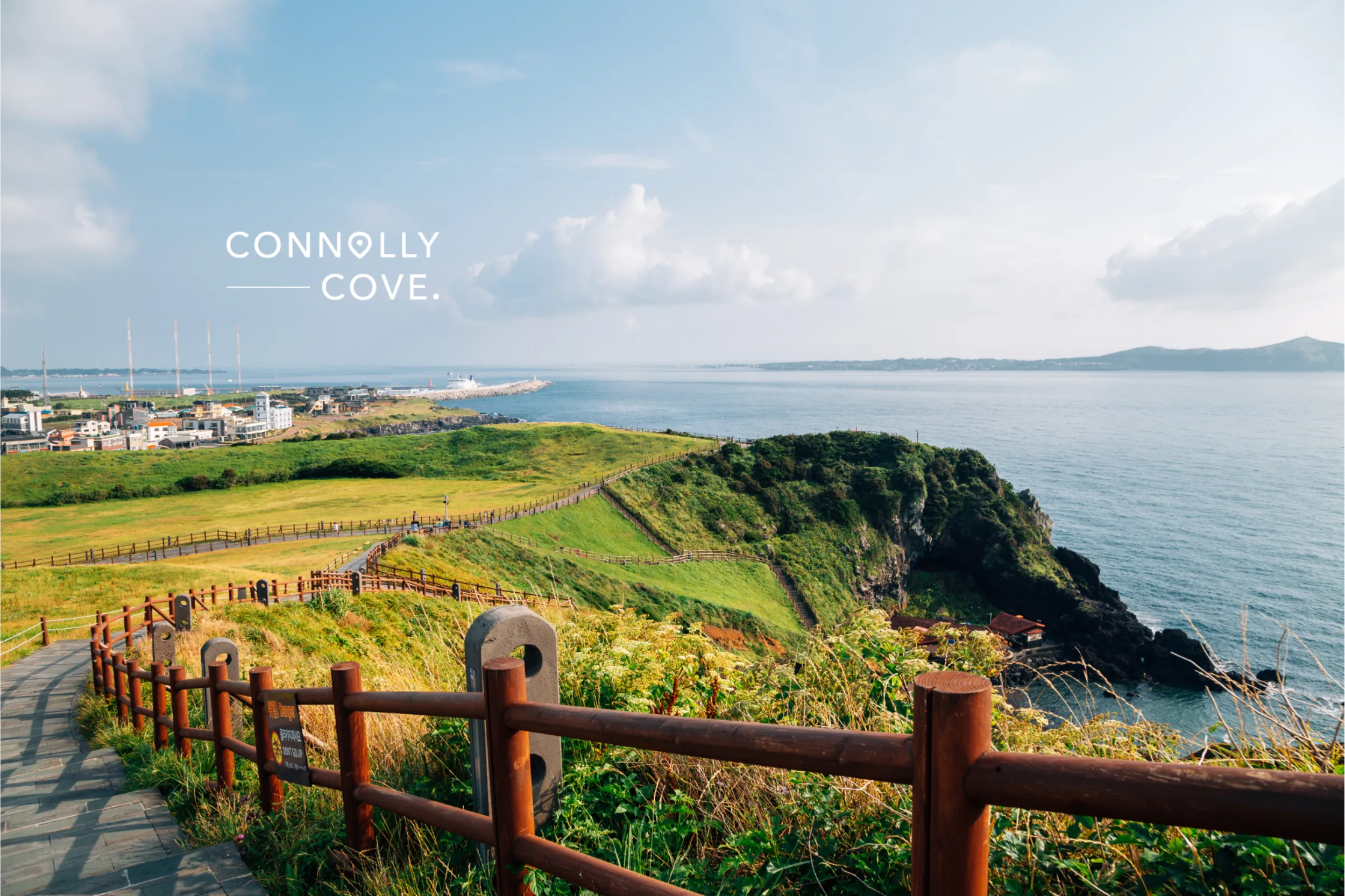
Updated On: November 10, 2023 by Raghda Elsabbagh
Today, we are setting sail to the dazzling Jeju Island. Nestled in the crystal-clear waters of the Korea Strait, Jeju Island, known as “Jeju-do” in Korean and lovingly nicknamed the “Island of the Gods,” is not just your average getaway. Now, we don’t know about you, but an island with that kind of nickname has got to be something pretty special.
This place isn’t just a one-hit wonder. It’s got everything you’d ever want in a vacation spot — the natural beauty of emerald green landscapes and coastal attractions, a rich cultural heritage, and a dynamic evolution into the modern era that’ll leave you in awe.
So, dear reader, our mission is clear: we’re diving headfirst into the mesmerising realms of Jeju Island and the best things to do there. We’ll be wading through the lush forests and pristine beaches, unearthing the island’s incredible natural beauty. We’ll walk in the footsteps of the Tamna Kingdom, chat with the famous Haenyeo divers, and stand face-to-face with those mysterious dol hareubang statues, diving deep into its rich cultural heritage. So, grab your sunhat and sunscreen, dear reader. Our adventure on Jeju Island is about to begin, and you won’t want to miss a thing!
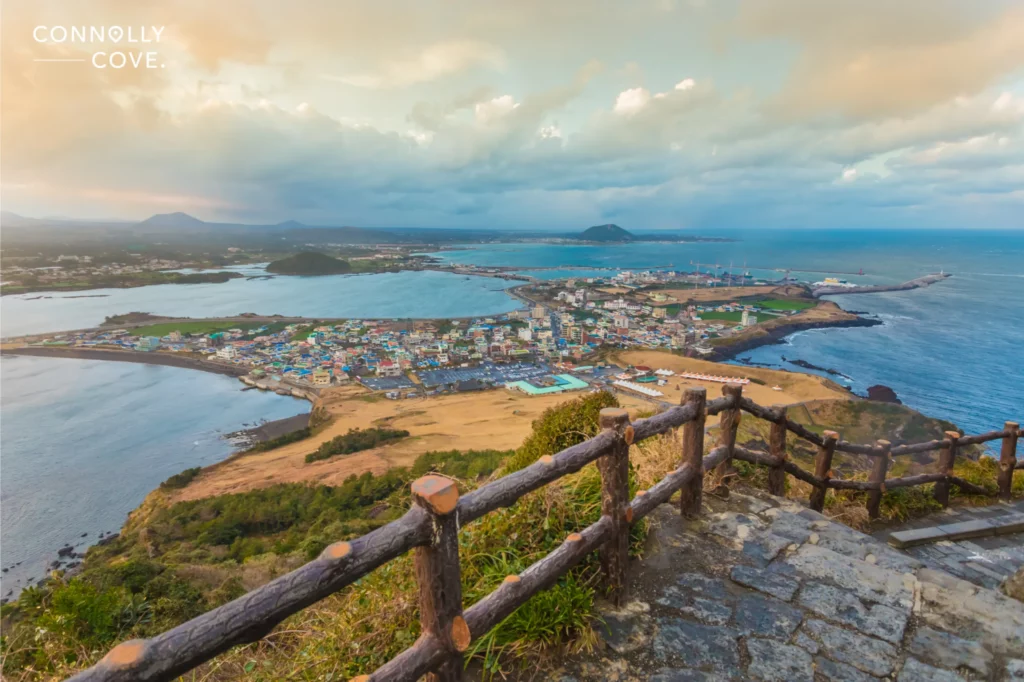
Table of Contents
Location and Size of Jeju Island
Jeju Island is strategically positioned in the Korea Strait, which separates South Korea from Japan. Tucked away in the southern reaches of South Korea, it’s the largest island in the country, clocking in at about 1,849 square kilometres (that is 714 square miles for our American buddies). To put it in simple terms, it’s roughly the size of Rhode Island (yes, that tiny U.S. state).
Volcanic Origins of Jeju Island
Jeju Island wasn’t just plopped down by some benevolent island fairy. It’s actually the result of countless volcanic eruptions that occurred over millions of years.
Jeju Island’s dormant volcanoes, craters, and intricate cave systems formed by ancient lava flows make the island a significant UNESCO World Heritage Site. These natural wonders draw geologists and nature enthusiasts from around the world, contributing to Jeju’s status as a global geological destination.
Impact of Geographical Features on the Island’s Biodiversity
The island’s volcanic soils, enriched with minerals, provide a fertile ground for a diverse range of flora and fauna to thrive. The unique combination of high mountain peaks, lush forests, and pristine coastlines creates distinct microclimates, allowing various species to adapt and flourish.
The island is home to numerous endemic plant species, such as the Halla oak, and animals like the Jeju horse, the island’s rockstar, strutting its stuff as if it owns the place. Furthermore, the natural water reservoirs formed by volcanic craters have given rise to pristine freshwater ecosystems, including unspoiled volcanic lakes and ponds.
But it’s not all rainbows and unicorns. Jeju’s unique ecology is under threat because, well, everybody wants a piece of this paradise. Urban development and booming tourism are giving Mother Nature a bit of a headache. It’s similar to inviting too many friends to your party — things can get messy! So, the island is going eco-friendly, emphasising the need for sustainable environmental practices to preserve its unique biodiversity.
Jeju Island’s History
Jeju Island’s cultural heritage has its roots in the history and indigenous culture of the region. The island was once home to the Tamna Kingdom, which flourished from the 12th to the 14th century. This kingdom left an indelible mark on Jeju’s cultural identity, influencing everything from language to customs.
Best Things to Do on Jeju Island
Now, folks, let’s give you a brief about the best things to do on Jeju Island, and let’s alert you: Jeju’s got quite a menu.
1. Conquer Mount Hallasan
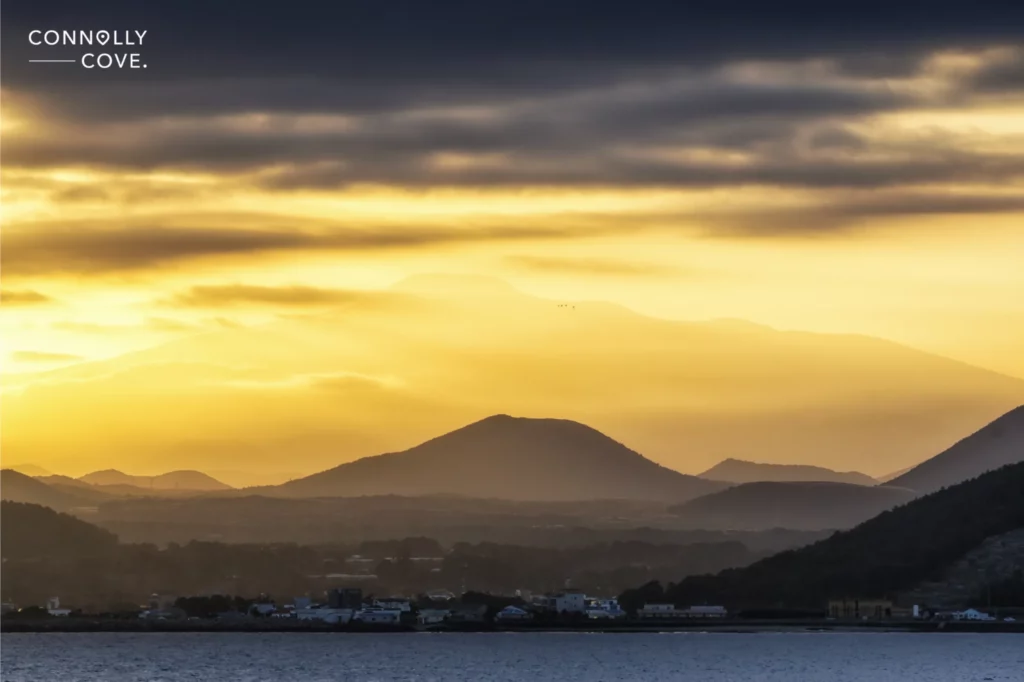
First up, we’ve got Hallasan Mountain, a dormant volcano that rises majestically in the island’s heart. It’s South Korea‘s highest peak, standing tall at 1,950 metres above sea level, and a UNESCO World Heritage Site. Hallasan National Park offers a range of hiking trails for both beginners and experienced trekkers. The scenery transforms with the seasons, from cherry blossoms in spring to vibrant foliage in autumn. Hiking up might be a bit challenging, but let’s be honest; the views from the top are worth every drop of sweat.
2. Explore Manjanggul Cave: a UNESCO World Heritage Site
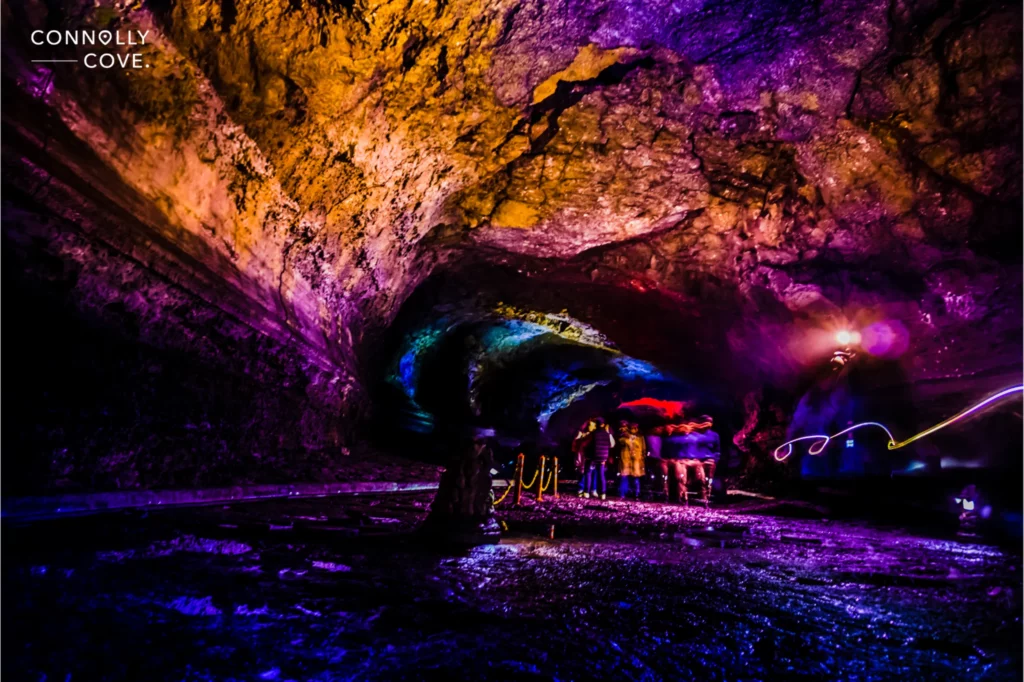
Hallasan is just the tip of the iceberg. The island also has several parasitic cones, lava tubes, and volcanic craters, each telling a different chapter of its geological story. Jeju Island’s volcanic history is on full display at Manjanggul Lava Tube.
Manjanggul Cave, one of the world’s longest volcanic lava tubes that’s a whopping 13.4 kilometres long, is nature’s answer to an all-year-round roller coaster ride. The cave offers a fascinating underground adventure as you walk through the well-preserved lava formations illuminated by strategically placed lights. Walking through here feels that you’re on a journey to the Earth’s centre. If caves tickle your fancy, you’re in for a treat.
3. Explore Jusangjeolli Cliff

If caves aren’t your jam, check out Jusangjeolli Cliff. Those hexagonal basalt columns are stacked like nature’s version of Lego blocks.
4. Dive into Cheonjeyeon Waterfall
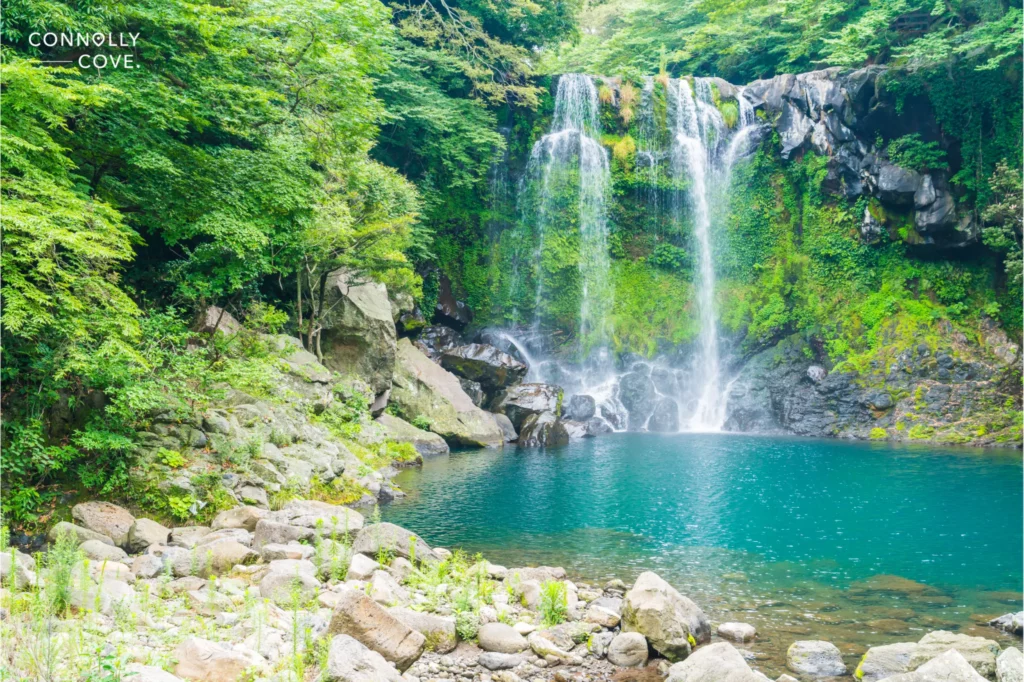
Alright, water lovers, this one’s for you. Cheonjeyeon Waterfall is a magical three-tiered masterpiece. The water cascades down with a grace that’ll make your jaw drop. It’s comparable to something straight out of a fantasy novel. It’s so breathtaking that even Mother Nature herself would take a selfie here. You can almost hear the water whispering, “Come take a dip.”
5. Get Lost in Seongsan Ilchulbong
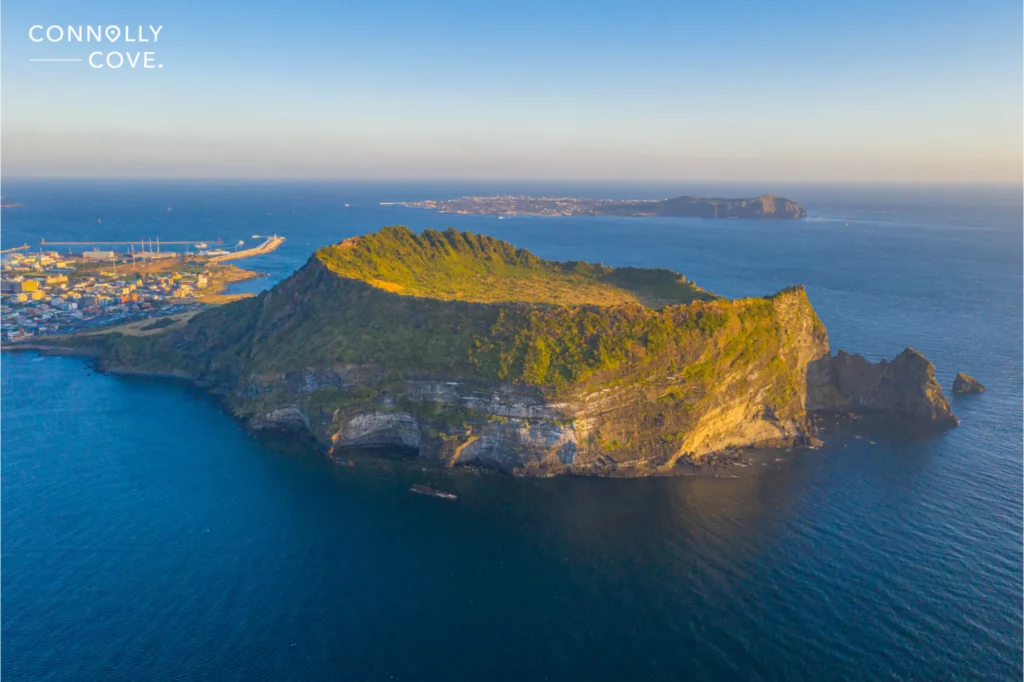
Known as the “Sunrise Peak,” Seongsan Ilchulbong is a UNESCO World Heritage Site and an iconic Jeju landmark on its east coast. The peak is a result of a volcanic eruption, and it’s famous for its crater that provides a stunning sunrise view. You can hike up this behemoth and witness the dawn breaking over the horizon.
6. Dive into the Hyeopjae Beach
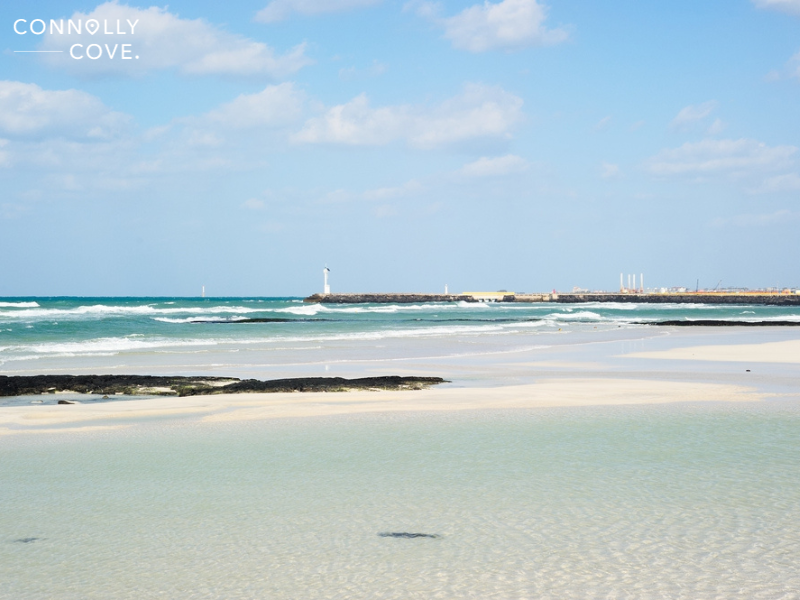
So, you’ve had your fill of mountains, forests, and caves, and now you want a little beach time. It’s time to get your flip-flops, swimsuit and sunscreen ready because Jeju has got beaches sandwiched between rugged coastlines that’ll make you want to call in sick and stay forever.
The sand on Hyeopjae Beach is the softest you’ll ever feel; you’ll think that you’re walking on clouds. The water is the kind of blue that makes you question if it’s real. Plus, there’s a charming little island nearby, Biyangdo. You just stroll on a sandbar to reach it, and boom, you’re in Jeju’s little secret getaway!
7. Discover Jungmun Saekdal Beach
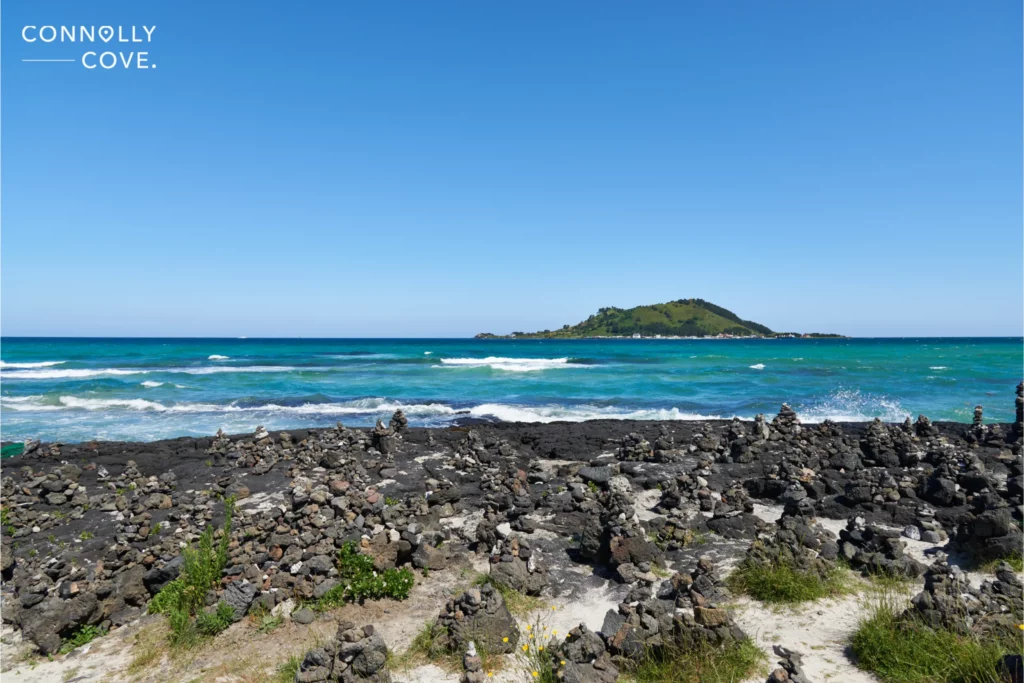
Then there’s Jungmun Saekdal Beach, a two-for-one deal type of beach. It’s got a double personality, with golden sands and black lava rocks contrasting beautifully with the turquoise sea. You can sunbathe on one side and explore the dramatic volcanic landscape on the other. The waves crashing against the cliffs? It’s nature’s way of applauding the majestic scene. It’s a beach and a natural history museum wrapped into one.
8. Be a Haenyeo for a Day
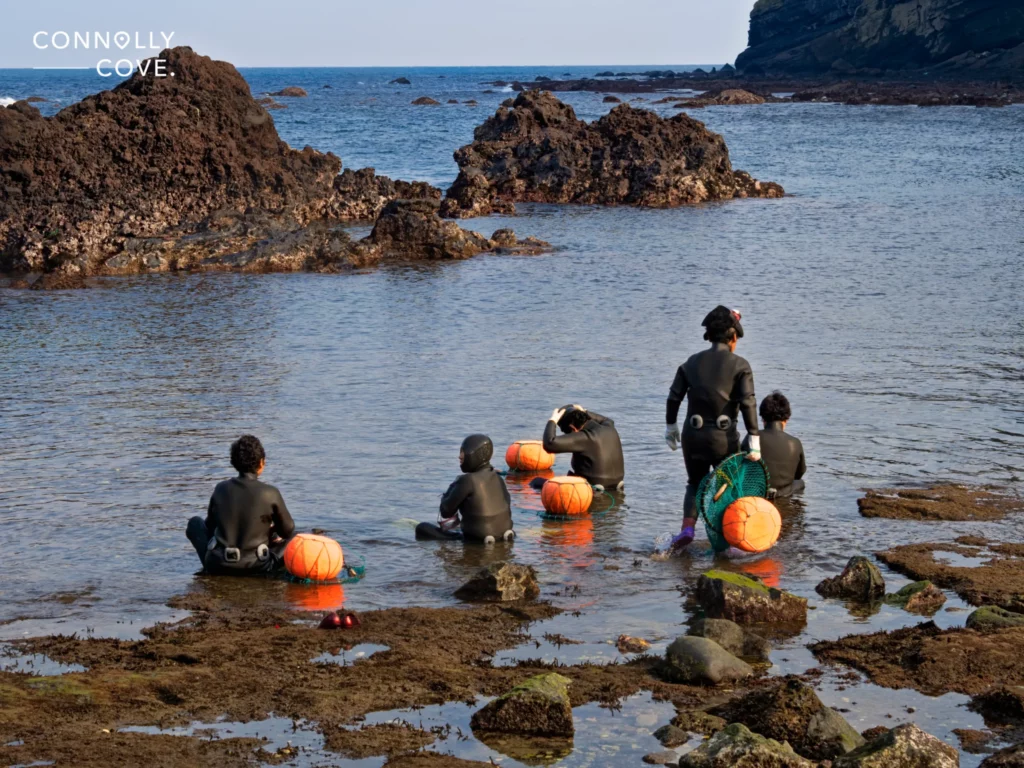
No visit to Jeju is complete without learning about the Haenyeo and their culture, the remarkable, fearless female divers who have been harvesting seafood without diving equipment for generations. Their traditions and skills have been passed down through generations, and their resilience and expertise have symbolised Jeju’s cultural strength.
You can join these underwater ninjas on a diving expedition for a day, witness their skills firsthand, learn their secrets, and even purchase fresh seafood caught by these fearless women. The Haenyeo culture is a unique and integral part of Jeju’s heritage, and you’ll feel part of an exclusive club.
9. Sample Jeju’s Unique Cuisine: From Ocean to Plate
With Jeju’s thriving fishing industry, it’s no surprise that seafood dishes are a must-try dish. Don’t miss the opportunity to savour the abalone porridge (Jeonbok Juk), which features molluscs lending their distinct marine flavour to the soothing porridge.
Order the seafood stew (Haemul Tang) — freshly caught fish, shellfish, and an assortment of vegetables are cooked in a rich, spicy broth. The result? A flavour explosion with a full spectrum of tastes — from the saltiness of the sea to the kick of Jeju’s fiery spirit.
When it comes to fruits, Jeju Island’s tangerines are the undisputed champions. They’re tiny balls of sunshine, sweet and juicy. You can snack on them fresh or try tangerine-infused treats like tangerine ice cream. It’s a refreshing burst of citrusy delight, a perfect way to cleanse your palate after all the savoury indulgence.
10. Visit Jeju Folk Village
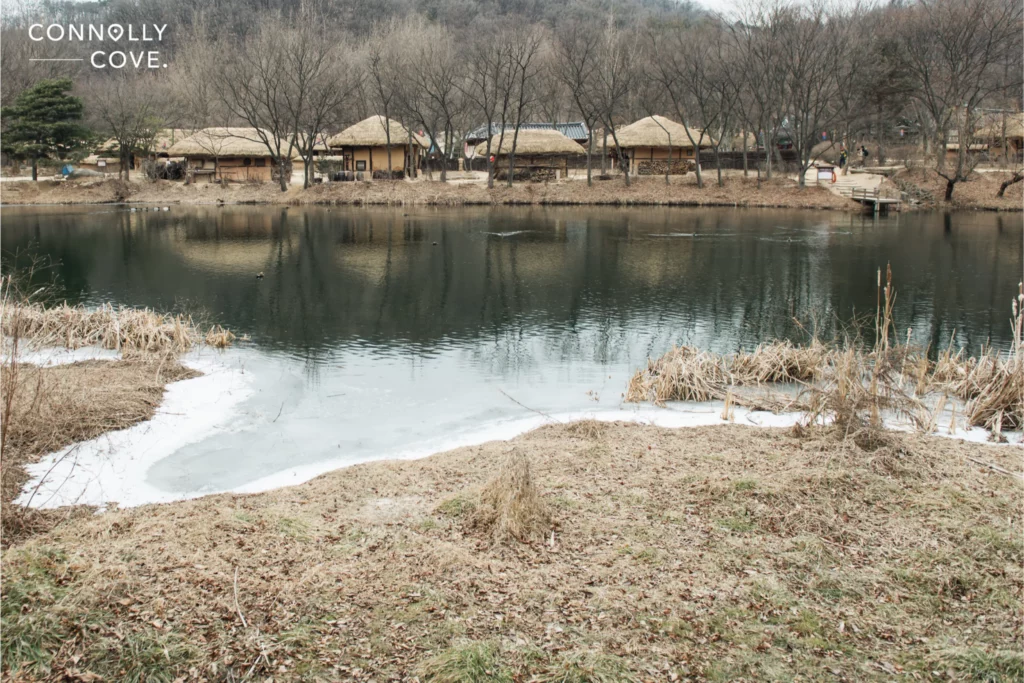
If you’re in the mood for some time travel to the good old days, head to the Seongeup Folk Village, a living museum showcasing the island’s rich cultural heritage. You can explore traditional Jeju thatched-roof houses, observe local artisans at work, and gain a deeper understanding of the island’s architectural and cultural history.
11. Observe the Flora and Fauna at the Halla Mountain Natural Reserve
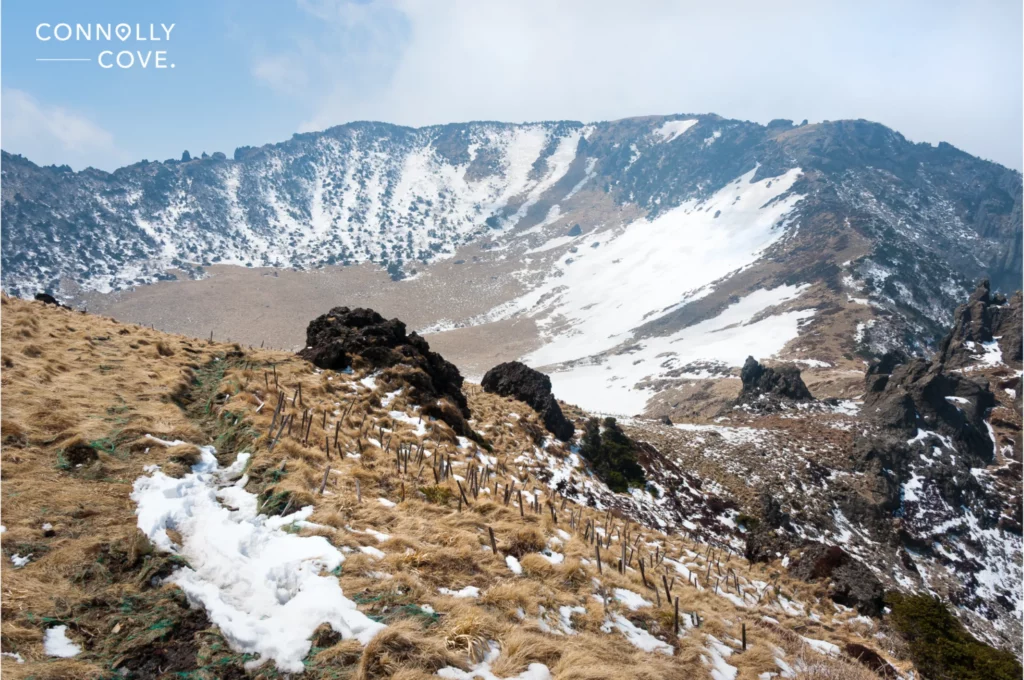
Jeju Island is a haven for biodiversity, teeming with all sorts of flora and fauna. What’s even more incredible is that Jeju has its very own unique exclusive club of endemic species. Its isolation from the mainland has allowed a variety of plant and animal life to evolve independently. Notable among the endemic species is the Jeju pony, a small and sturdy horse breed found exclusively on the island. Additionally, the Jeju Mandarin and the Camellia Japonica, a vibrant flowering plant, are other noteworthy endemics.
To protect this rich diversity, Jeju Island has designated multiple national parks and protected areas, such as Halla Mountain Natural Reserve, which shelter and preserve the island’s unique ecosystems.
12. Integrate in Jeju Island’s Traditional Arts and Performances

When it comes to arts and performances, Jeju Island knows how to throw a party. Music and dance are integral to the island’s identity, with genres such as “nongak” and “samulnori” celebrating the island’s agricultural and fishing traditions. These lively performances, often featured in local festivals and celebrations, are characterised by rhythmic drumming and dynamic movements. They’ll make your feet tap, your heart sing, and you’ll dance like no one’s watching.
And don’t even get us started on the festivals and rituals! Jeju Island knows how to celebrate. You’ve got the Chilmeoridang Yeongdeunggut Festival, which pays homage to the island’s shamanistic traditions with colourful lanterns and captivating performances. Then there’s the Jeongwol Daeboreum Fire Festival, where you can witness the islanders chasing away evil spirits by lighting massive bonfires. It’s a simulation to a real-life Game of Thrones episode!
13. Keep an Eye on the Enigmatic Dol Hareubang Statues: Jeju Island’s Guardians
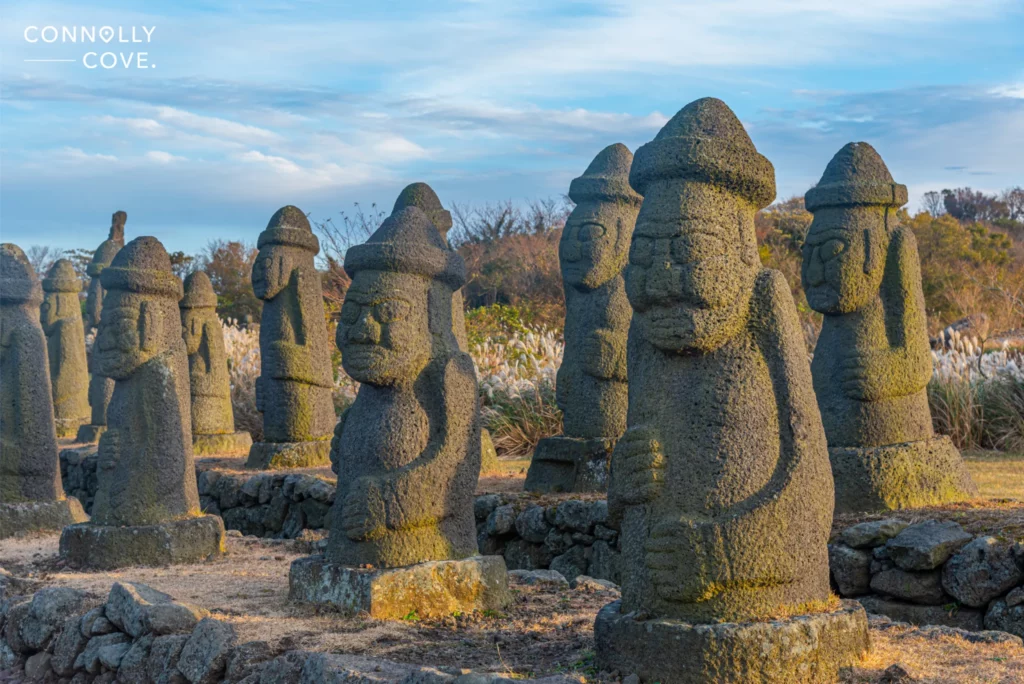
Jeju Island’s got its very own guardians, and they’re called Dol hareubang statues, large volcanic rock carvings resembling rotund human figures. These guys are like the island’s bouncers, with their wide-eyed stone faces, believed to guard the entrance of homes and fields against evil spirits and bring prosperity. They’ve been around for centuries, and since they adopt the island’s wise grandpas attitude; they’re often called “grandfather stones”. You can’t help but smile when you see them.
So, there you have it, a whirlwind tour of the best things to do on Jeju Island. From conquering mountains to diving deep into the ocean, from exploring caves to wandering along sandy shores, this island is a treasure chest of fun and adventure. It’s as if the island looked at other tourist spots and said, “I’ll have what they’re not having.”
Jeju Island goes beyond your run-of-the-mill vacation destination. It is a geological marvel, a geographical wonder, and a biodiversity hotspot all rolled into one. So, when you visit, remember to leave nothing but footprints and take nothing but pictures. Jeju Island’s counting on you to keep it groovy! Pack your bags and get ready to write your own Jeju story; it’s a page-turner you won’t want to put down!






